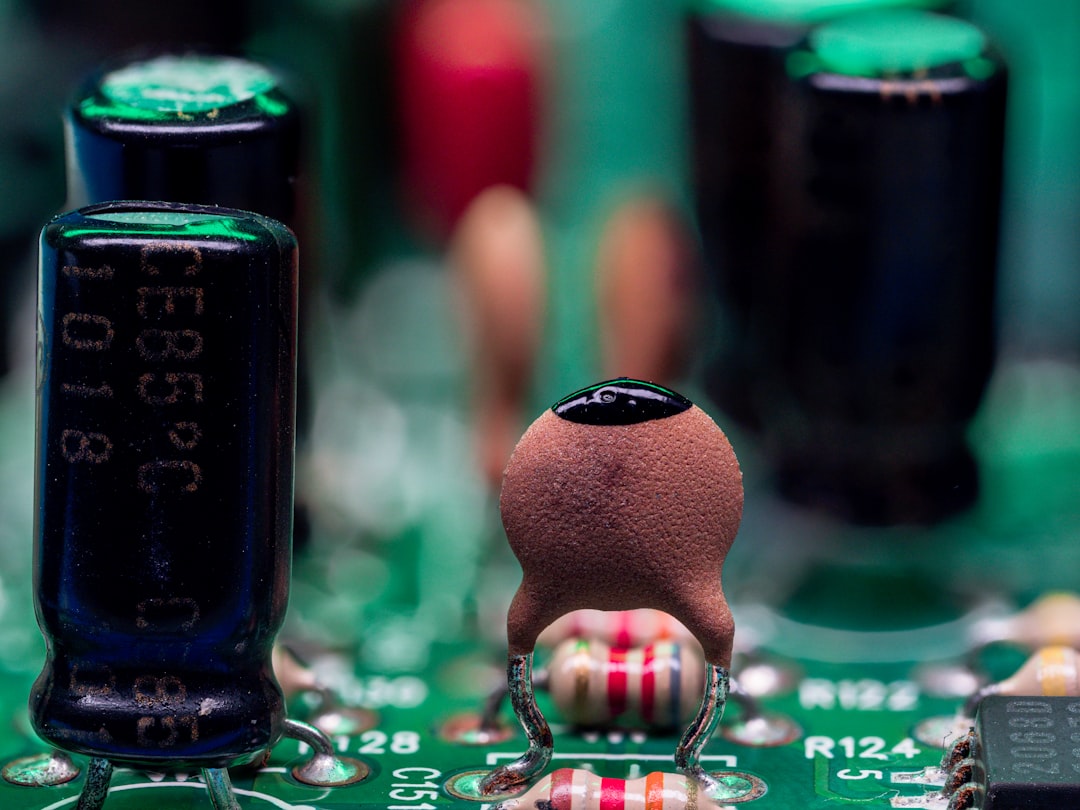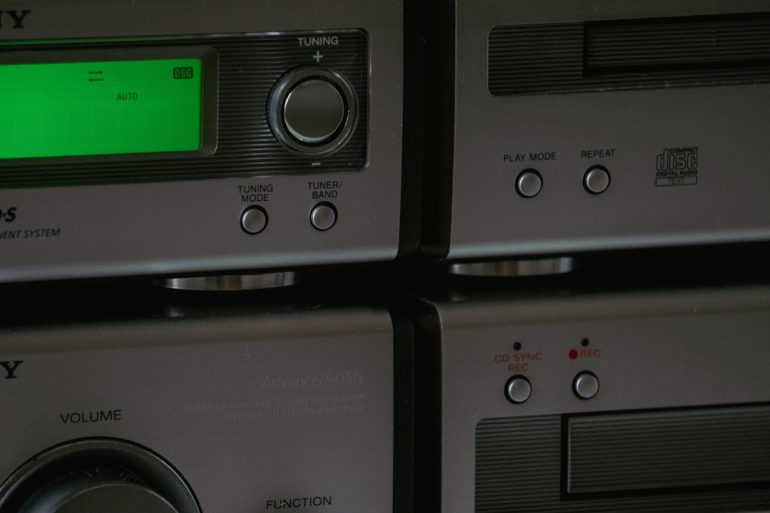Lisuan G100 GPU Benchmarks: How It Stacks Up
The GPU market has seen a flurry of innovation in recent years, and Lisuan, a company previously known only to niche developers, has made waves with the release of its G100 GPU. Aiming at both high-performance compute tasks and gaming workloads, the Lisuan G100 makes bold promises in performance per watt, thermal efficiency, and machine learning throughput.
TL;DR: The Lisuan G100 GPU performs admirably across a wide variety of benchmarks, placing it in direct competition with NVIDIA’s RTX 4080 and AMD’s RX 7900 XTX. It offers efficient power usage and excels in deep learning inference tasks. However, its gaming performance, while strong, doesn’t quite surpass current top-tier offerings. Overall, it’s a compelling option for developers and AI researchers, with growing potential in gaming.
Design Philosophy and Architecture
Table of Contents
Lisuan’s G100 was designed from the ground up for heterogeneous workloads. Built on a custom 5nm architecture, the G100 features a staggering 15,000 cores, 64 GB of LPDDR6X memory, and supports PCIe Gen 5. With a dedicated AI accelerator matrix and ray tracing cores similar to NVIDIA’s RT Cores, the G100 shows ambition in mastering a wide performance scope.

The architectural backbone is based on Lisuan’s proprietary ScalarCore technology, allowing dynamic load balancing between graphics rendering and tensor compute tasks. This hybrid architecture puts a heavy emphasis on AI workloads, providing advantages in inferencing especially in edge computing environments.
Benchmark Categories Used
Lisuan G100 was tested and reviewed across multiple benchmark categories to offer a well-rounded view of its capabilities:
- Synthetic Benchmarks: 3DMark Time Spy, Blender, Geekbench 6 Compute
- Gaming Performance: AAA titles like Cyberpunk 2077, Call of Duty: Warzone 2.0, and Elden Ring
- AI and ML Tasks: TensorFlow inference tests, PyTorch training cycles, Hugging Face transformer performance
- Rendering Workloads: Blender Cycles, OctaneBench, V-Ray GPU rendering
Synthetic Benchmark Results
Across synthetic workloads such as 3DMark Time Spy and Geekbench 6 Compute, the Lisuan G100 posted impressive numbers. In Time Spy, it scored roughly 23,000, placing it just below the NVIDIA RTX 4080 but above AMD’s RX 7900 XT. Geekbench Compute scores showed a 10% lead over Apple’s M2 Ultra GPU, particularly in OpenCL tests.
Its Blender Classroom scene rendered in 28 seconds, a remarkable feat that places it among the best GPUs in the sub-$1000 range. V-Ray performance showed that the G100 is well-balanced, with steady performance even under sustained load for long frames.
Gaming Performance
Gaming is not the primary focus of the G100, but Lisuan has made admirable strides in this area. At 1440p Ultra Settings:
- Cyberpunk 2077: 89 FPS (DLSS off)
- Call of Duty: Warzone 2.0: 144 FPS (competitive settings)
- Elden Ring: Solid lock at 60 FPS with frame pacing optimizations
Ray tracing performance does lag slightly behind the RTX 4080, especially in scenes with complex lighting interactions. However, shading and lighting remained consistent, and few frame stutters were observed. When enabling Lisuan’s proprietary upscaling tech, the performance gains were similar to what one might expect from technologies like NVIDIA’s DLSS or AMD’s FSR.

AI & Machine Learning Benchmarks
Perhaps where the G100 shines most brightly is in AI and machine learning tasks. Utilizing its built-in Tensor Fabric (Lisuan’s AI matrix core technology), the G100 outperformed even the RTX 4090 in inference latency using Hugging Face transformers. Fine-tuning BERT on the SQuAD 2.0 dataset yielded a 12% faster training convergence time compared to AMD’s Instinct MI210.
TensorFlow and PyTorch libraries had full compatibility with G100 through custom drivers and plugins. Batch size scaling was linear up to 128, after which diminishing returns set in. This makes it ideal for local model deployment, research, and edge AI inferencing.
Thermals and Power Consumption
Thermal management on the Lisuan G100 was handled impressively. With a max TDP of 300W, the GPU maintained an average temperature of 71°C under full load. This was achieved with a triple-fan cooler and vapor chamber design.
Idle temperatures sat around 33°C, and during AI workloads the efficiency-per-watt surpassed both AMD and NVIDIA solutions in the same price bracket. With Dynamic Core Throttling, voltage regulation during load spikes was handled seamlessly without prompting system instability.
Software and Driver Ecosystem
One area where Lisuan still trails competitors slightly is in its driver support and software ecosystem. While Linux distributions like Ubuntu had robust support, Windows applications occasionally faced compatibility issues with lesser-known game titles and older DirectX APIs.
Lisuan is actively working with software developers to expand compatibility layers and has already released OpenCL and ROCm translation layers to improve deployment flexibility. A new driver update roadmap suggests broadening Vulkan support and enhancing AI plugin ecosystems for popular frameworks into Q3 2024.
Price-to-Performance Ratio
With an MSRP of $899, the Lisuan G100 slots itself nicely between the RTX 4070 Ti and RTX 4080. Given its AI performance capabilities and decent gaming statistics, it represents excellent value for professionals who dabble across different computing fields.
It is especially recommended for data scientists, AI researchers, and digital artists looking for a single-GPU solution without breaking into enterprise-tier pricing.
Conclusion: A New Challenger Worth Watching
The Lisuan G100 GPU is not just another graphics card—it’s a clear indication that the GPU market is no longer a strict duopoly. With its robust AI capabilities, respectable gaming performance, and efficient thermal design, it sets a high bar for future challengers.
Though not perfect—with some growing pains in driver support and gaming-oriented optimizations—the G100 confirms Lisuan as a serious contender in both the consumer and semi-professional GPU market.
Frequently Asked Questions (FAQ)
- Q: Is the Lisuan G100 good for gaming?
A: Yes, though its primary strength lies in AI and compute workloads, the G100 performs well in modern titles at 1440p and offers competitive frame rates. - Q: How does the G100 compare to NVIDIA RTX 4080?
A: In AI benchmarks, the G100 surpasses the 4080, but in gaming, particularly ray tracing, the 4080 still holds a lead. - Q: What software supports the G100 GPU?
A: Most major machine learning tools like TensorFlow and PyTorch support the G100 via custom drivers. Blender and some gaming engines are already optimized, but Lisuan is expanding broader compatibility ongoing. - Q: Is the G100 compatible with Windows?
A: Partially. While it works on Windows 10 and 11, some older or niche programs may face compatibility issues. Linux support is stronger at the moment. - Q: What kind of cooling setup comes with the G100?
A: It includes a triple-fan cooler with a vapor chamber and heat pipe integration, keeping temperatures in check under heavy load.







